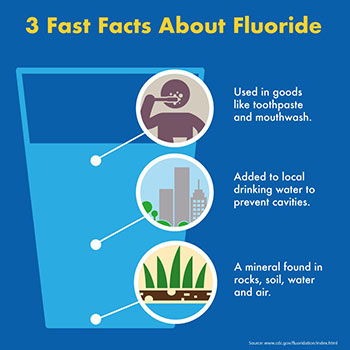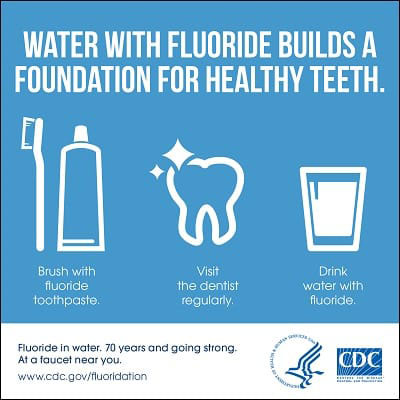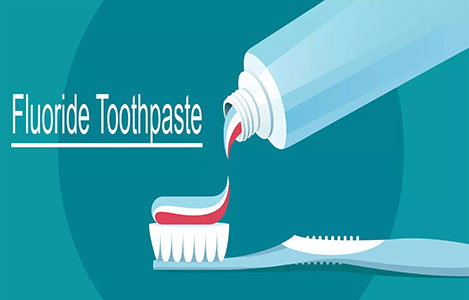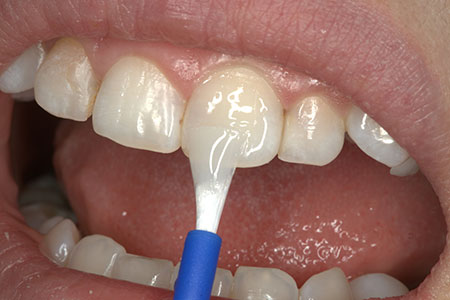St. Lawrence Dentistry feels prevention is crucial to excellent oral wellness. Tooth caries and gum infections are almost always avoidable.
Some of the most valuable oral health services include fluoridated toothpaste, rinses, varnishes, and sealants. In addition, many Canadians have access to adequately fluoridated drinking water.

Water fluoridation is proven to be effective and can reach huge populations. Other preventive measures may be less available to those without dental insurance, reinforcing the value of “population-based” prevention such as neighborhood water fluoridation. Water fluoridation involves titrating the fluoride in a public drinking water supply to optimize the dental benefits of inhibiting dental caries. Ontario has one of the highest proportions of water fluoridation in the nation, with nearly 74 percent of Ontarians residing in locals where local water stores contain fluoride.

Water fluoridation can decrease pediatric dental decay by up to 60% in primary teeth and about 35% in permanent teeth. In addition, grown-ups encounter a 20 to 40% decrease in tooth decay from lifetime exposure to water fluoridation. The usage of water fluoridation is a matter of some debate, but the science is substantial. Since 1997, there have been 18 notable studies researching fluoridation. These reviews have concluded that fluoridation dramatically decreases the chance of tooth decay and is the most low-cost way of giving the benefits of fluoride to all residents in a neighborhood. In addition, it fosters equity among all community segments, especially the disadvantaged, where other preventive steps may be unavailable or unaffordable. In Canada, fluoride additives must meet stringent criteria of quality and pureness before we can use them. When fluoride is combined with water at prescribed levels in Ontario, there is no link to adverse health effects.

The most common adverse outcome of consuming too much fluoride is dental fluorosis. Dental fluorosis is a modification in the appearance of the teeth caused by a change in enamel development, which happens during tooth development. Mild to moderate dental fluorosis does not alter tooth function. The incidence of moderate and severe fluorosis in Ontario is very low. Furthermore, research indicates that since 1996 there has been a decreasing trend of dental fluorosis in Canada. As a result, the Canadian government has concluded that dental fluorosis remains an issue of low concern in this nation. While acknowledging that some people are worried, the facts are that the benefits of water fluoridation far outweigh the risk of dental fluorosis.

Fluoride mouth rinses, fluoride varnish, and sealants are all clinical procedures that need actual cooperation by the patient. These treatments are also more costly and only help those offered them or took advantage of them. At the same time, fluoridation of the water supply, where it is feasible, is a community-level treatment with confirmed worth for money. It is an outstanding illustration of an oral health initiative rooted in health equity policies with no requirements of active participation of children and families to reap the advantages. The Ontario government feels that removing fluoride from the water supply would undermine community oral health. The Ontario legislature believes anti-fluoridation promotion efforts targeting cities undermine Ontario’s commendable history of providing a large proportion of the community with optimally fluoridated drinking water. It feels that the fluoridation of Ontario’s drinking water stores is a harmless, cost-effective, and effective population health intervention.
Fluoride-containing toothpaste has been widely used for more than five decades and remains the most common intervention for preventing dental caries. The pooled results of seventy studies assessing the effect of toothpaste containing fluoride suggest that the use of fluoridated toothpaste shows a 24 percent reduction in decayed, missing, and filled tooth surfaces.
Please visit our article comparing some of the most trusted toothpaste brands:
https://www.stlawrencedentistry.com/blog/dental-tips/10-most-trusted-toothpaste-brands/

Fluoride mouth rinses have been used extensively for the past 30 years to prevent dental caries in children. In the 1970s and 1980s, rinses were prevalent in school-based oral health programs in countries experiencing widespread incidence of dental caries. However, many developed countries have discontinued the intensive use of fluoride mouth rinsing in-school programs because of doubts regarding its cost-effectiveness. The current view is that fluoride mouth rinsing programs are only appropriate for children with high rates of dental caries. They are practical, however. The pooled results of 34 studies suggest that the use of this intervention is associated, on average, with a 26 percent reduction in decayed, missing, and filled teeth.

Professionally applied fluoride varnishes are a defensive intervention for dental decay. They are suitable for at-risk teeth in cavity-prone people. The treatment uses tiny brushes. The varnish adheres to teeth for half a day or more in a light layer, thereby lengthening the contact time between fluoride and tooth structure. In addition, the varnish acts as a slow-releasing fluoride reservoir—there is a considerable cavity-inhibiting effect of fluoride varnish. The conclusion of a systematic investigation examining the efficacy of semi-annual fluoride varnish treatments showed it is associated with a 46 percent decrease in dental decay. At St. Lawrence Dentistry, we use the acclaimed MI Vanish.
Please visit our link to learn more about it.
https://www.stlawrencedentistry.com/blog/dental-care/benefits-mi-tooth-varnish/

The use of dental sealants dates back to the 1960s. They are plastic films that Dr. Hawryluk applies to the deep channels or crevices on the biting part of permanent molar teeth. Sealants ‘block out’ microbes and the nutrients for those microbes, thereby stopping tooth decay from developing in the tooth’s more decay-susceptible areas. This procedure is highly beneficial. The decline of cavities in children and adolescents after placing sealants ranges from 86% at one year to 78.6% at two years and 58.6% at four years. However, sealants do not last forever, and Dr. Hawryluk needs to monitor their integrity over time.
With proper prevention, you can keep your teeth in great shape for a lifetime. Thank you for reading out the article. If you are looking for a new dentist in the Mississauga area, please give us a call!
Reference:
https://www.health.gov.on.ca/en/common/ministry/publications/reports/oral_health/oral_health.pdf
- St. Lawrence Dentistry Looks Forward To St. Patrick’s Day! - March 12, 2025
- Understanding Dental X-Rays and Radiation: What You Should Know - January 13, 2025
- Happy New Year from St. Lawrence Dentistry! - December 30, 2024










